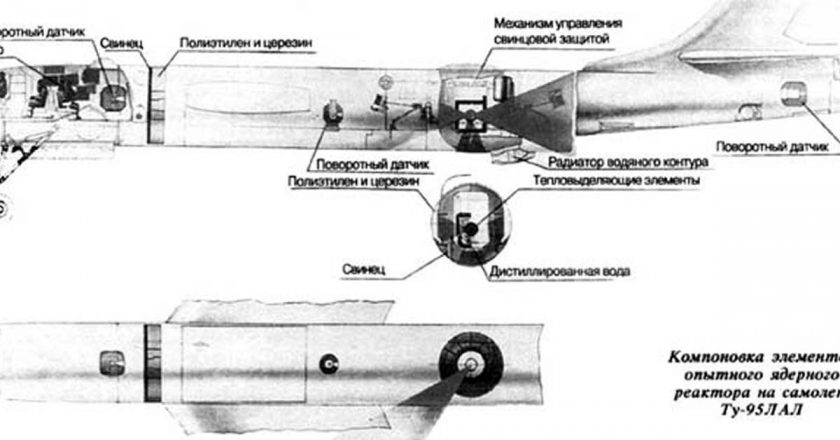Tu-95/1: The first prototype powered by Kuznetsov 2TV-2F coupled turboprop engines, crashed on its 17th flight on 11 May 1953.
Tu-95/2: The second prototype powered by Kuznetsov NK-12 turboprops.
Tu-95/Tu-95M: Basic variant of the long-range strategic bomber and the only model of the aircraft never fitted with a nose refuelling probe. Known to NATO as the Bear-A.
Tu-95K: Experimental version for air-dropping a MiG-19 SM-20 jet aircraft.
Tu-95K22: Conversions of the older Bear bombers, reconfigured to carry the Raduga Kh-22 missile and incorporating modern avionics. Known to NATO as the Bear-G.
Tu-95K/Tu-95KD: Designed to carry the Raduga Kh-20 air-to-surface missile. The Tu-95KD aircraft were the first to be outfitted with nose probes. Known to NATO as the Bear-B.
Tu-95KM:Modified and upgraded versions of the Tu-95K, most notable for their enhanced reconnaissance systems. These were in turn converted into the Bear G configuration. Known to NATO as the Bear-C.
Tu-95M-55: Missile carrier.
Tu-95MR: Bear A modified for photo-reconnaissance and produced for Naval Aviation. Known to NATO as the Bear-E.
Tu-95MS/Tu-95MS6/Tu-95MS16:– Completely new cruise missile carrier platform based on the Tu-142 airframe. This variant became the launch platform of the Raduga Kh-55 cruise missile. Known to NATO as the Bear-H and was referred to by the U.S. military as a Tu-142 for some time in the 1980s before its true designation became known.
Tu-95N: Experimental version for air-dropping an RS ramjet powered aircraft.
Tu-95RTs: Razvedchik Tseleukazatel: Variant of the basic Bear A configuration, redesigned for maritime reconnaissance and targeting as well as electronic intelligence for service in the Soviet Naval Aviation. Known to NATO as the Bear-D.
Tu-95U Uchebnyy: Trainer: Training variant, modified from surviving Bear As but now all have been retired. Known to NATO as the Bear-T.
Tu-96: long-range intercontinental high-altitude strategic bomber prototype, a high-altitude version of the Tupolev Tu-95 aircraft with high-altitude augmented turboprop TV-16 engines and with a new,enlarged area wing. Plant tests of the aircraft were performed with non-high altitude TV-12 engines in 1955–1956.
Tu-114: Airliner derivative of Tu-95.
Tu-116: Tu-95 fitted with passenger cabins as a stop-gap while the Tu-114 was being developed. Only two converted.
Tu-95LaL (Tu-119): Experimental nuclear-powered aircraft project.
Tu-126: AEW&C derivative of Tu-114, itself derived from the Tu-95.
Tu-142: Maritime reconnaissance/anti-submarine warfare derivative of Tu-95. Known to NATO as the Bear-F.
Several other modification of the basic Tu-95/Tu-142 airframe have existed, but these were largely unrecognized by Western intelligence or else never reached operational status within the Soviet military. One of these modified Bears, known as the Tu-95V, was used to drop the Tsar Bomba.
